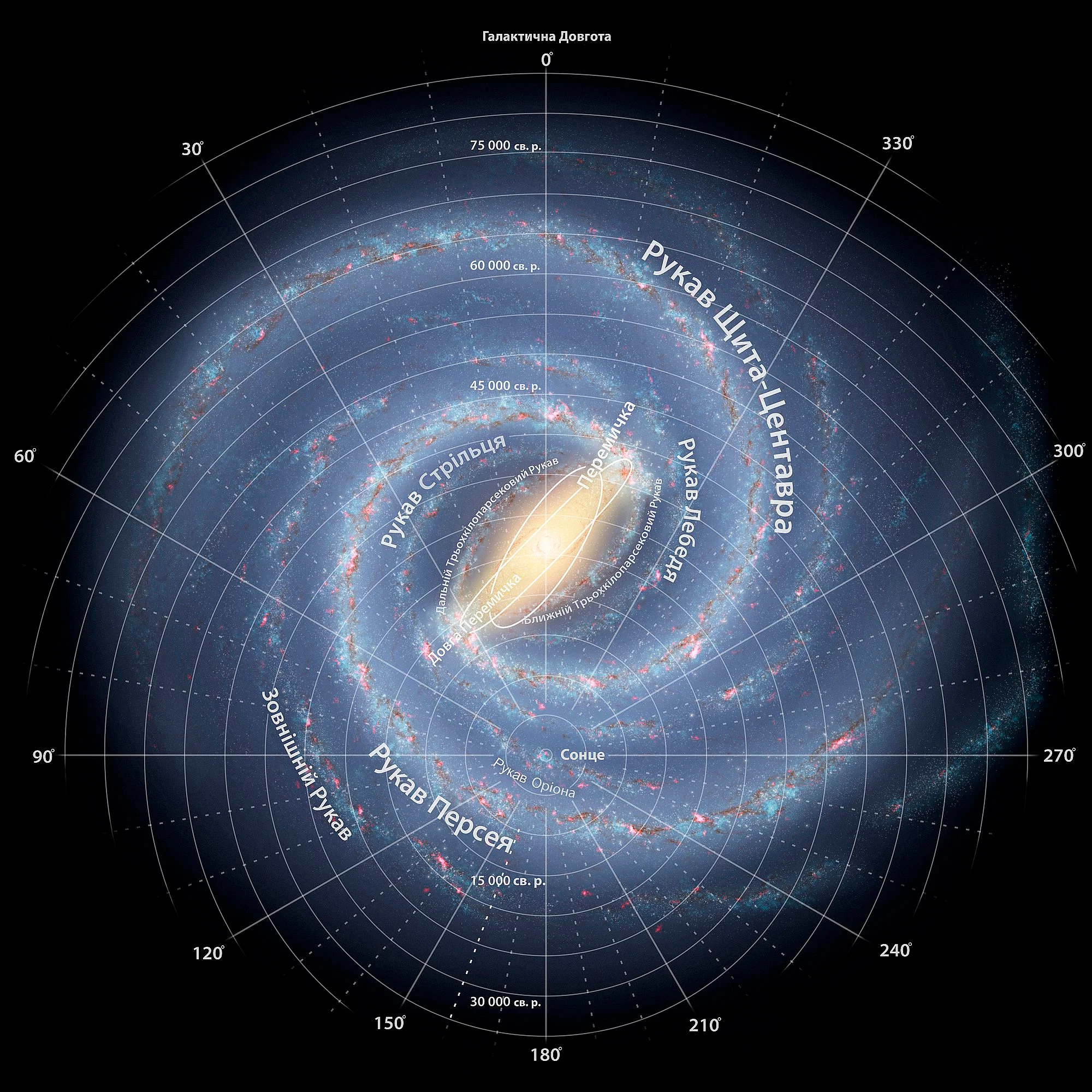
By: Mia Wang
Astronomers have recently discovered ‘ghost particles’ spewing out of our milky way galaxy, potentially inspiring more research and knowledge about our universe.
These ‘ghost particles’ are called neutrinos. They got their name, ‘ghost particles’ because they can easily pass through dust, gas, and stars. These particles have little mass, no electric charge, and “are created from radioactive decay, such as in nuclear reactors, or when extraordinarily high-energy particles strike atoms” (Space.com). High-energy neutrinos zip across the galaxy; however, no one knows their origin. Scientists have been able to map the neutrinos to create a new map of the universe.
Scientists have only traced a few high-energy neutrinos to their birthplace. Two came from black holes, while the other neutrinos came from another galaxy known as Blazer. They all came from outside of our universe.
Most telescopes use visible light to magnify objects, while others use gamma rays, X-rays, or cosmic rays. “All of those types of light can be deflected or absorbed as they travel through space” (Science News Explores). Neutrinos, however, won’t get deflected while traveling great distances, which can tell us about more distant objects in other galaxies.
Relying on these particles instead of light to provide information about space is a massive achievement for astronomers, and scientists hope that neutrinos can help us learn more about our galaxy. We are still learning more about neutrinos, but they have the capacity to unravel all kinds of mysteries in the Milky Way.










